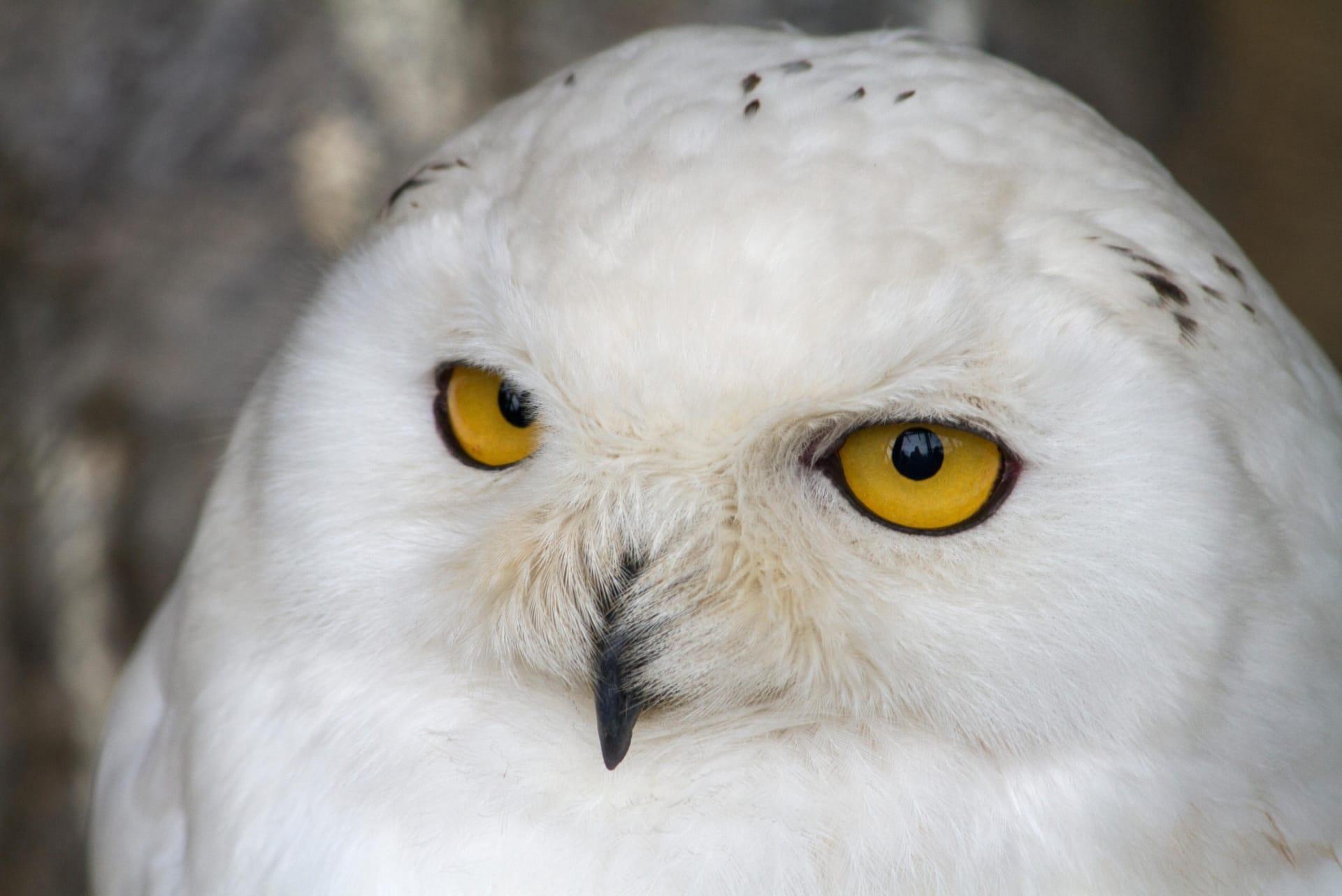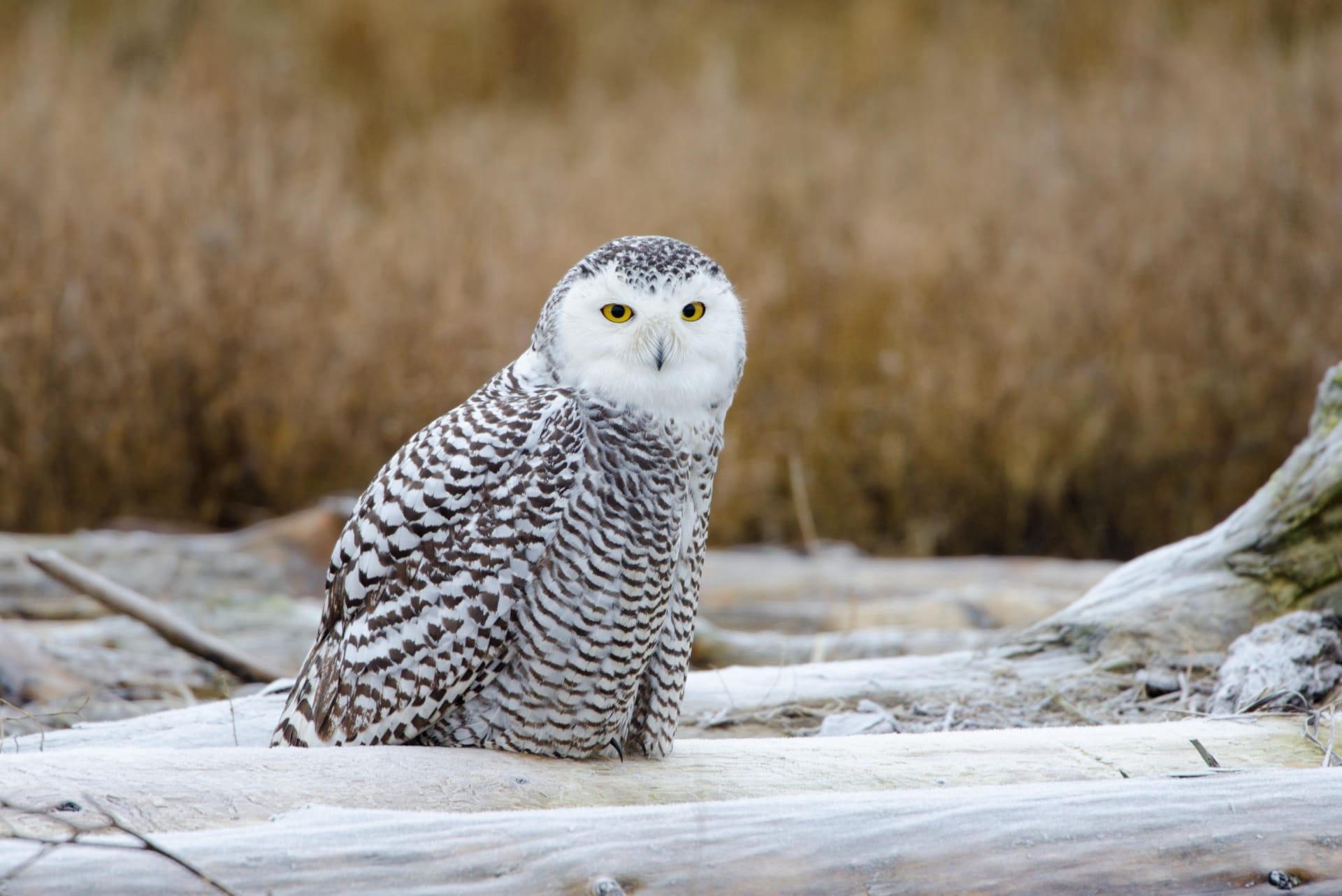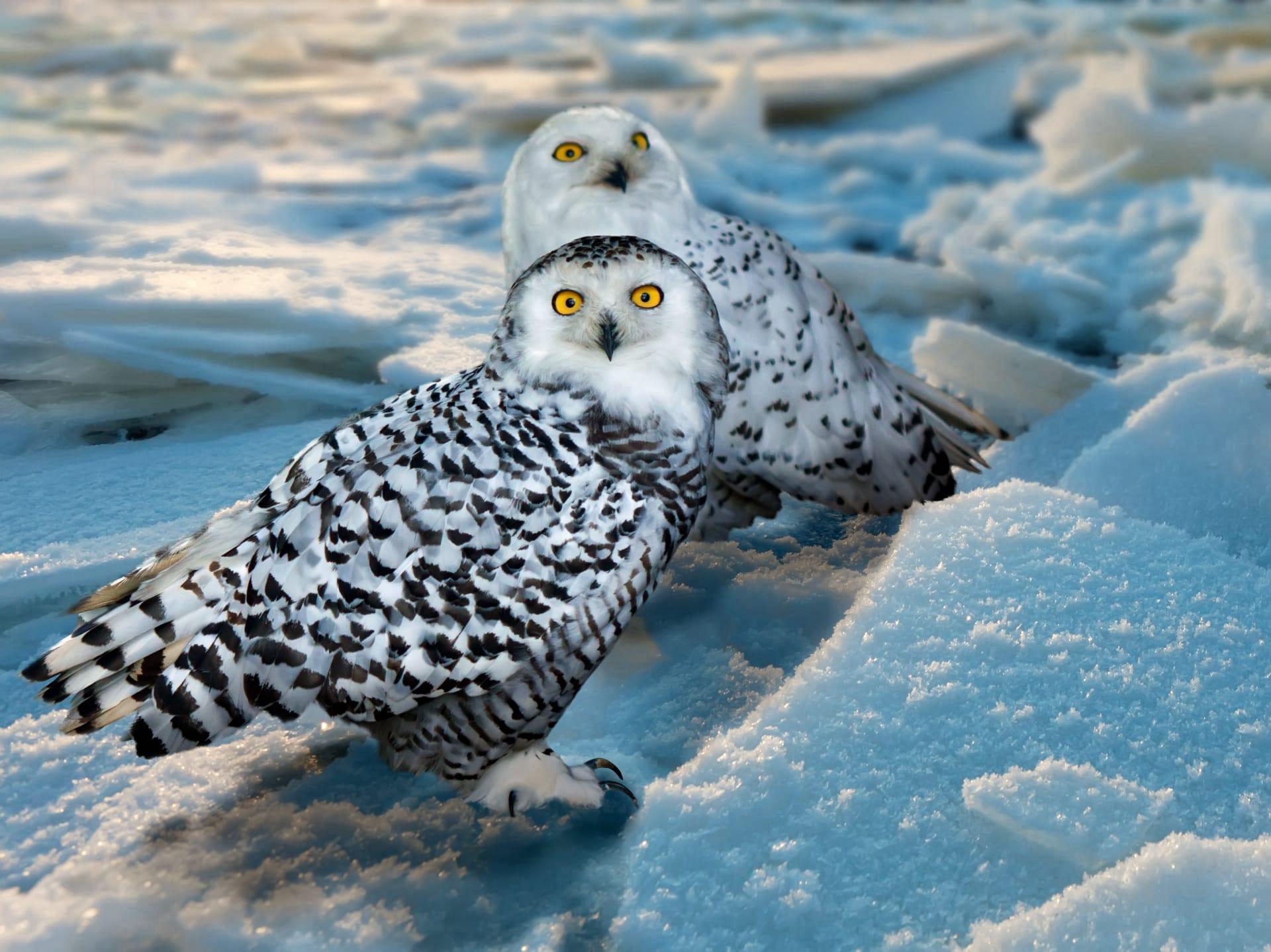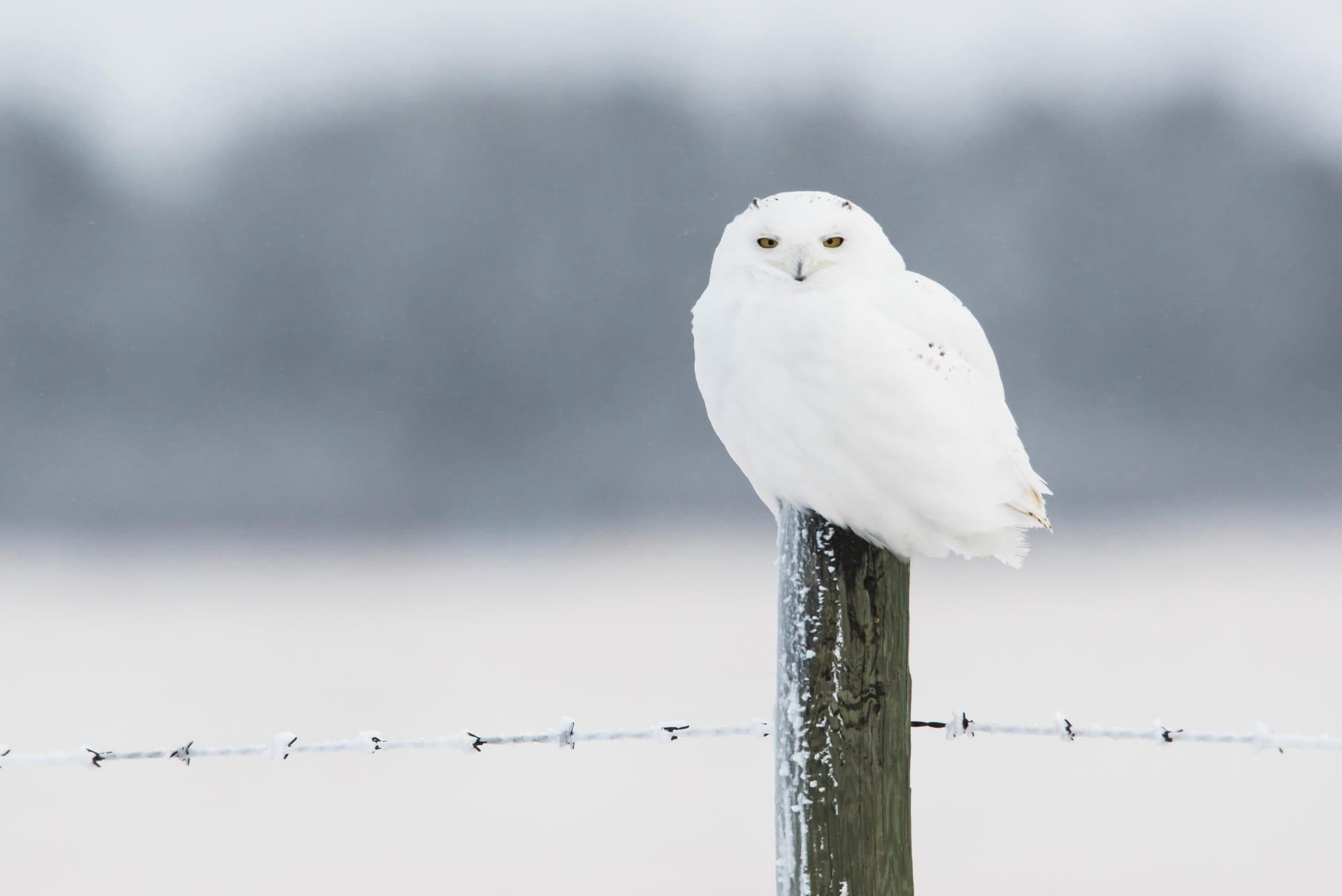Snowy Owl Trivia
- Home /
- Trivia Question /
- Animal /
- Snowy Owl Trivia
1
Question: What makes the Snowy Owl's feathers unique compared to other birds?
Answer: Snowy Owls have remarkable feather adaptations. Their feathers are denser and fluffier than most birds, providing excellent insulation in their frigid Arctic habitat. This dense feathering extends to their feet, acting like natural snow boots. Their plumage also has a special noise-reduction quality, which aids in silently swooping down on prey, a vital hunting technique in the open, snowy landscapes they inhabit.
Question: How effective are Snowy Owls in hunting their prey, and what are their primary food sources?
Answer: Snowy Owls are formidable hunters with a diet primarily consisting of small mammals. Their most common prey is the lemming; a single owl can consume up to 1,600 lemmings a year. They have keen eyesight and excellent hearing, enabling them to detect prey under thick snow. In a single dive, they can punch through snow up to 30 cm deep to capture rodents. When lemmings are scarce, they adapt by hunting rabbits, birds, and even fish.

2
Question: Is it true that Snowy Owls are strictly nocturnal birds?
Answer: Contrary to popular belief, Snowy Owls are not strictly nocturnal. They are actually diurnal, meaning they are active both day and night. This behavior is an adaptation to the Arctic's extreme conditions, where the summer months have continuous daylight, and winter months are predominantly dark.
Question: Do Snowy Owls migrate long distances like other bird species?
Answer: Many people think all owls are sedentary, but Snowy Owls are an exception. They are nomadic birds, meaning their migration is not fixed to a specific pattern. Instead, their movement depends largely on the availability of prey. In years of lemming population booms in the Arctic, they may stay up north, but in leaner years, they travel as far south as the northern United States in search of food.

3
Question: How do Snowy Owls survive the extreme cold of their Arctic habitat?
Answer: Snowy Owls have evolved several adaptations for Arctic survival. Their thick plumage provides exceptional insulation. Additionally, their body temperature regulation is highly efficient, allowing them to maintain a body temperature of about 40 degrees Celsius, even when the air temperature drops to -50 degrees Celsius. They also conserve energy by perching motionless for long periods and by having a slower metabolic rate compared to smaller birds.
Question: Are Snowy Owls social birds?
Answer: Snowy Owls are generally solitary creatures, especially outside the breeding season. During breeding, they can become slightly more social, with pairs defending territories against other owls. However, unlike some bird species that form flocks or communities, Snowy Owls prefer solitude, which is an advantage in their sparse Arctic hunting grounds.

4
Question: What is the lifespan of a Snowy Owl in the wild?
Answer: In the wild, Snowy Owls have a lifespan of approximately 10 to 17 years. However, their life expectancy can be influenced by factors like food availability, habitat conditions, and predation pressures. In captivity, with the absence of these stressors, they can live up to 28 years.
Question: How does the Snowy Owl's plumage change with age and season?
Answer: The plumage of Snowy Owls changes significantly with both age and season. Juvenile owls have more black markings, which gradually diminish as they age. Adult males can become almost completely white, while females retain some dark patterning. Seasonally, their feathers get denser and whiter in winter to blend into snowy environments, providing camouflage from predators and prey.

5
Question: What role do Snowy Owls play in their ecosystem?
Answer: Snowy Owls play a crucial role as apex predators in their Arctic ecosystem. By controlling the populations of small mammals like lemmings and rodents, they help maintain a balanced food web. This predatory role also influences the breeding patterns and population dynamics of their prey species.
Question: Can Snowy Owls turn their heads 360 degrees?
Answer: It's a common myth that owls can rotate their heads 360 degrees. Snowy Owls, like other owls, have a flexible neck allowing them to turn their heads up to 270 degrees. This wide range of motion compensates for their immovable eyes, providing them with a broad field of view to spot prey and predators.